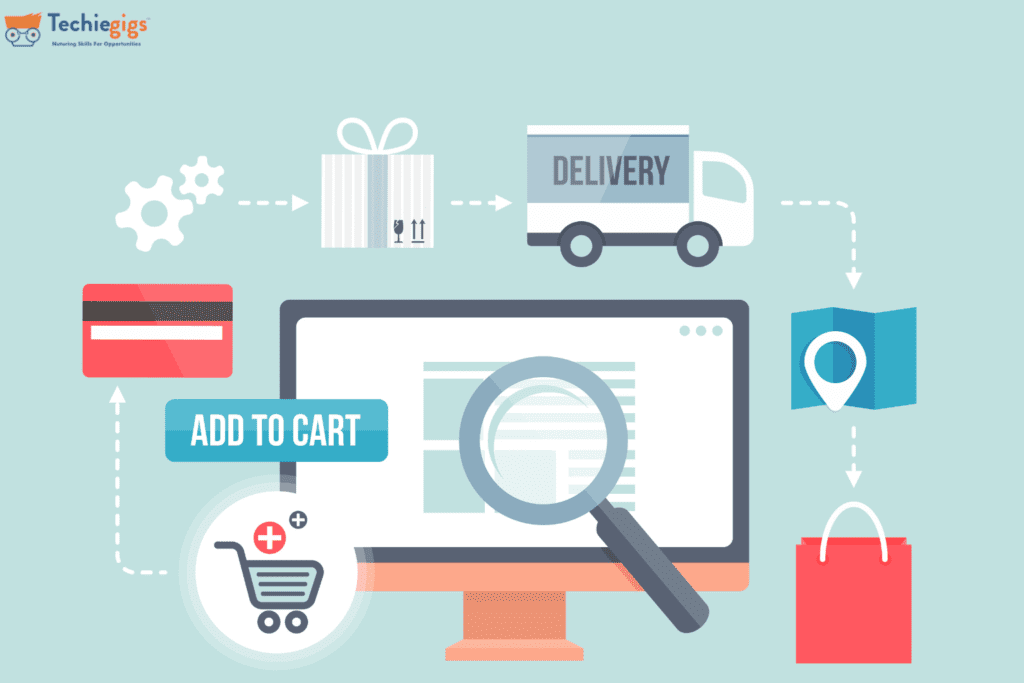The Dos and Don’ts of On-Page SEO for E-commerce Websites
In the vast and competitive landscape of e-commerce, having a beautifully designed website with a plethora of products is just the beginning. Your website needs to be optimised for search engines to stand out in this crowded digital marketplace. This is where On-Page SEO (Search Engine Optimization) comes into play. It involves fine-tuning various elements on your website to make sure it ranks higher in search engine results pages (SERPs). In this blog, we’ll explore the dos and don’ts of On-Page SEO for e-commerce websites, with a focus on helping you boost your online visibility and drive more organic traffic.

Table of Content
The Dos of On-Page SEO for E-commerce Websites
Keyword Research and Optimization:
Do: Begin with thorough keyword research. Identify relevant keywords that your target audience is likely to search for. Use tools like Google Keyword Planner or SEMrush to find high-traffic and low-competition keywords.
Once you’ve identified these keywords, strategically place them in your product descriptions, category pages, and blog content. Ensure that your keywords are naturally integrated into your content, making it informative and engaging.
Don’t: Avoid keyword stuffing, which is the practice of overloading your content with keywords to manipulate search rankings. In addition to looking spammy to users, it can also lead to search engine penalties.
High-Quality Content:
Do: Create informative, engaging, and unique content that provides real value to your visitors. High-quality product descriptions, blog posts, and guides improve your search rankings and enhance the user experience. Use descriptive language, highlight product benefits, and include customer reviews when possible.
Don’t: Avoid duplicating content from other websites or using manufacturer-provided descriptions verbatim. Duplicate content can harm your On-Page SEO and lead to lower rankings.

Optimize Product Images:
Do: Use high-quality, compressed images that load quickly. Compressed images not only improve user experience but also reduce page load times, a crucial factor in On-Page SEO. Optimize image filenames, alt text, and captions with relevant keywords to help search engines understand the content of your images.
Don’t: Avoid using oversized or uncompressed images, as they can slow down your website, leading to higher bounce rates and lower rankings. Also, don’t forget to include alt text for images, as it helps with accessibility and SEO.
Mobile Optimization:
Do: Ensure that your e-commerce website is mobile-friendly and responsive. With an increasing number of users accessing websites through mobile devices, having a mobile-responsive design is important. Google also considers mobile-friendliness as a ranking factor.
Don’t: Avoid neglecting the mobile experience. If your website renders well on mobile devices, you can avoid losing a portion of potential customers.
User-Friendly URLs:
Do: Create user-friendly and descriptive URLs for your product and category pages. Include relevant keywords and keep the URLs concise and readable. Clear URLs not only improve On-Page SEO but also make it easier for users to understand the page’s content.
Don’t: Avoid using lengthy, cryptic, or dynamically generated URLs that lack meaning. Such URLs can confuse both users and search engines.
Page Load Speed:
Do: Optimize your website for fast loading times. Use tools like Google PageSpeed Insights or GTmetrix to identify and rectify issues that may be slowing down your website. Compress images, minify CSS and JavaScript files, and consider using a content delivery network (CDN) to improve loading times.
Don’t: Avoid neglecting page load speed, as slow-loading pages can lead to bounce rates and lower rankings. Mobile users, in particular, have little patience for slow websites.

Internal Linking:
Do: Implement a well-structured internal linking strategy. Link relevant product pages, category pages, and blog posts to each other. Internal links not only help users navigate your site but also distribute link equity and improve the indexation of your content.
Don’t: Avoid overloading your pages with excessive internal links, which can lead to a poor user experience. Keep your internal linking natural and contextually relevant.
The Don’ts of On-Page SEO for E-commerce Websites
Duplicate Content:
Don’t: As mentioned earlier, don’t use duplicate content. This includes copying and pasting manufacturer descriptions, using the same content on multiple product pages, or syndicating content from other websites. Duplicate content can lead to lower search rankings.
Ignoring Metadata:
Don’t: Don’t ignore meta titles and meta descriptions. These are crucial elements for search engines and users. Craft unique, compelling meta titles and descriptions for each page, including keywords and a call to action. Leaving them blank or duplicating them across pages can harm your SEO efforts.
Ignoring Schema Markup:
Don’t: Don’t overlook schema markup. Schema markup provides search engines with structured data about your products, making it easier for them to display rich snippets in search results. Implement schema markup for products, reviews, and other relevant information.

Neglecting Content Updates:
Don’t: Avoid neglecting your content after publishing it. Regularly update and refresh your product descriptions, blog posts, and other content to ensure it remains accurate and relevant. Outdated content can lead to decreased rankings over time.
Excessive Pop-Ups and Ads:
Don’t: Don’t inundate your website with excessive pop-ups and ads. While these can generate revenue, they can also disrupt the user experience and lead to high bounce rates. Ensure that pop-ups and ads are strategically placed and don’t interfere with the user’s ability to access content.
Ignoring Analytics:
Don’t: Don’t ignore website analytics. Regularly monitor your website’s performance using tools like Google Analytics. Analyze user behaviour, track conversions, and identify areas for improvement. Ignoring analytics means missing out on valuable insights to enhance your SEO strategy.
Conclusion
On-page SEO is a critical aspect of e-commerce success. By following the dos and avoiding don’ts outlined in this guide, you can improve your website’s search engine rankings, drive more organic traffic, and ultimately increase your online sales. It’s important to remember that SEO is an ongoing process, and staying up-to-date with industry trends and search engine algorithms is essential to maintaining and growing your e-commerce business’s online presence. Start implementing these strategies, and watch your e-commerce website climb the search engine ranks.

